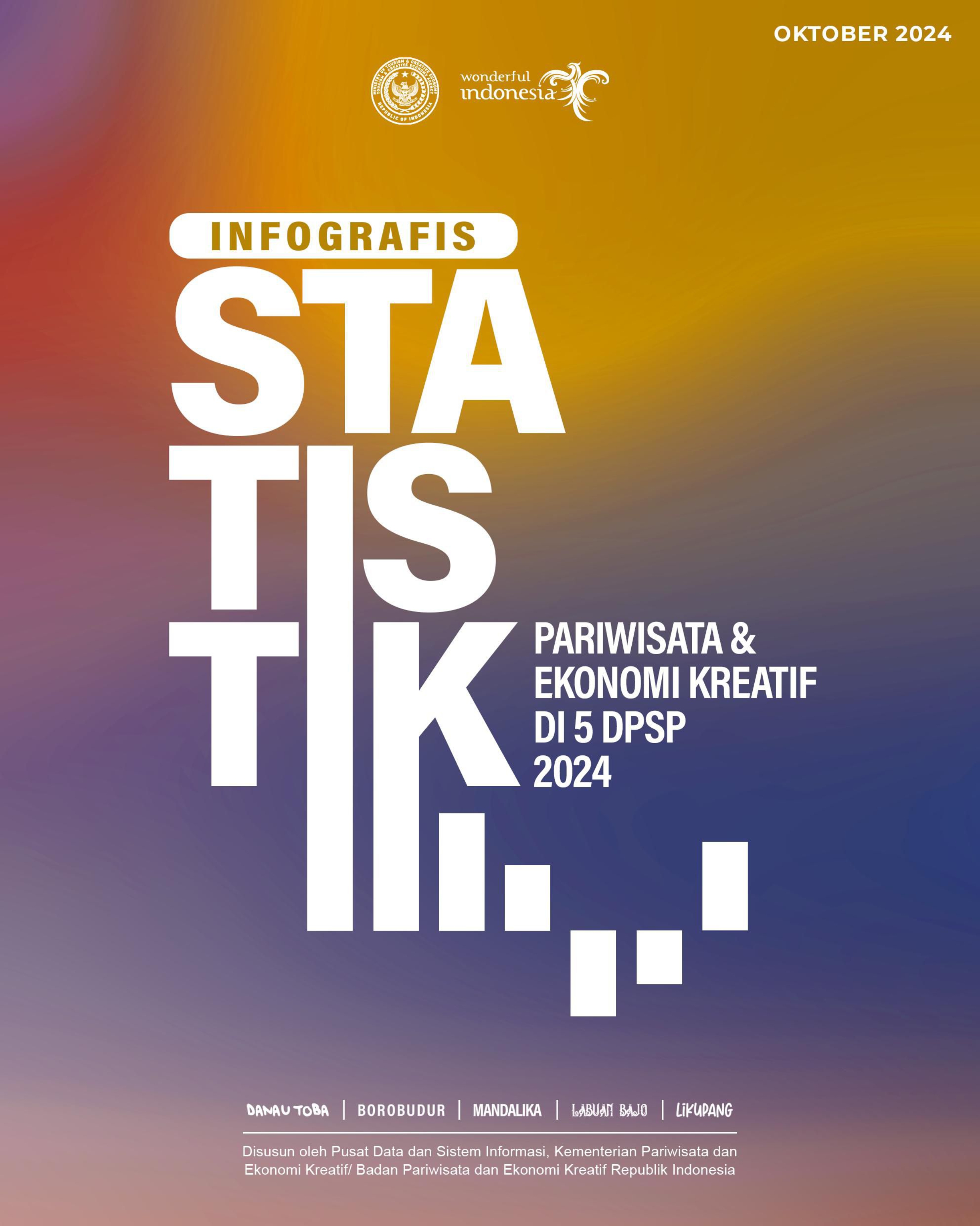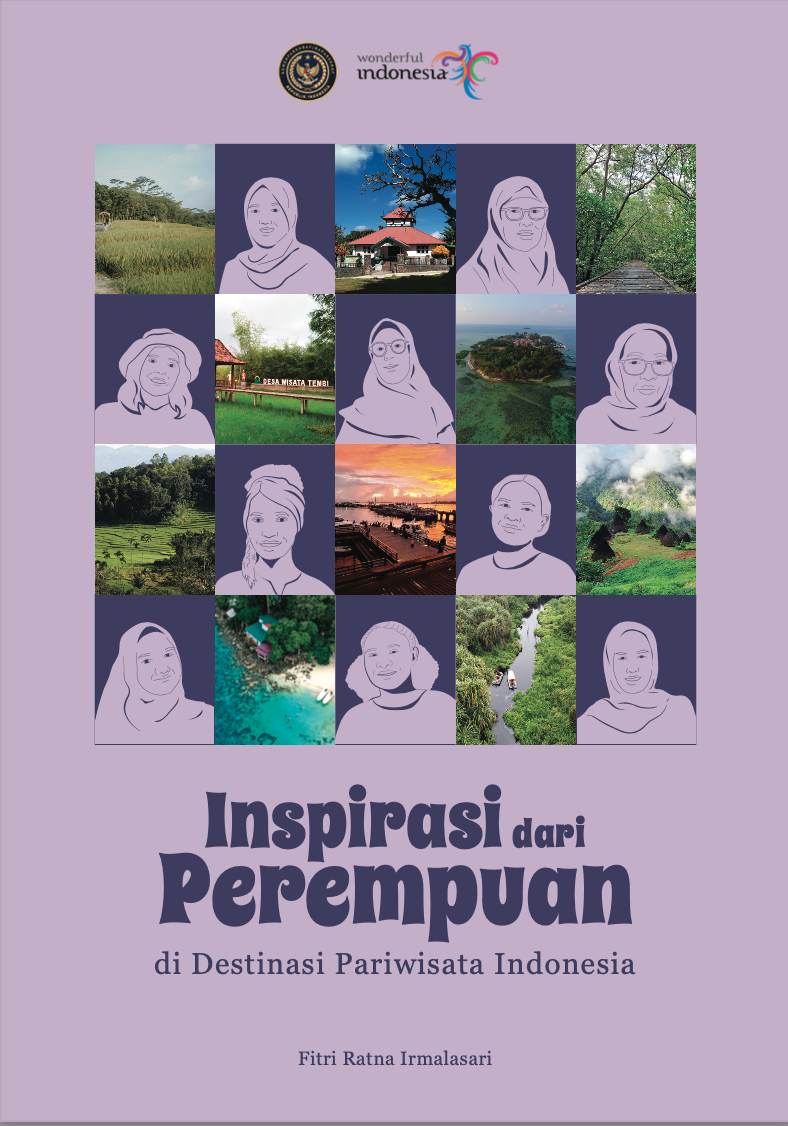Discussion of So‐Called “Architectural Heritage DNA” via a Case Study of the Conservation of the Nara Palace Site, Japan
This study introduces a brief history of the discovery of and conservation efforts to pre‐ serve the Nara Palace Site in Japan, which brought about the recognition of this heritage site as a World Cultural Heritage location by UNESCO in 1996. Accordingly, the 1994 Nara Document on Authenticity plays an important role in contributing to Japanese cultural heritage conservation achievements, with the expansion of cultural diversity and heritage diversity and the concepts of values and authenticity, which proposed a new orientation in terms of awareness and openness to develop a broader vision when identifying architectural heritage values. Against this background, we first discuss the newly proposed concept of so‐called “architectural heritage DNA” and its po‐tential structure, providing a simple formula for appraising the authentic values of architectural heritage conservation works. Working within conservation theory, besides the doctrinal study of the 1994 Nara Document on Authenticity, this study also focuses on other important international con‐ventions, such as the 1964 Venice Charter and the 1999 Burra Charter, to clarify the concepts of con‐servation, restoration, and reconstruction, adding the concept of inheritance between conservation and development, which addresses the lack of international conventions regarding cultural heritage conservation. The viewpoints expressed in this paper are based on the most common concepts of these international conventions but are interpreted in a novel, understandable, practical, and highly applicable approach suited to both the current socio‐political situation and future scenarios.



